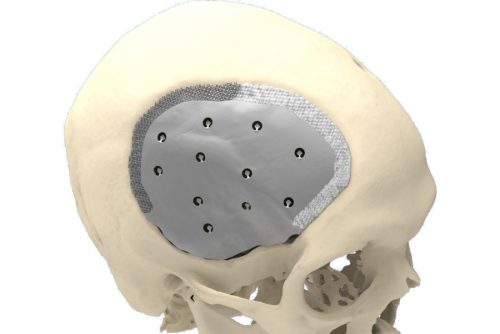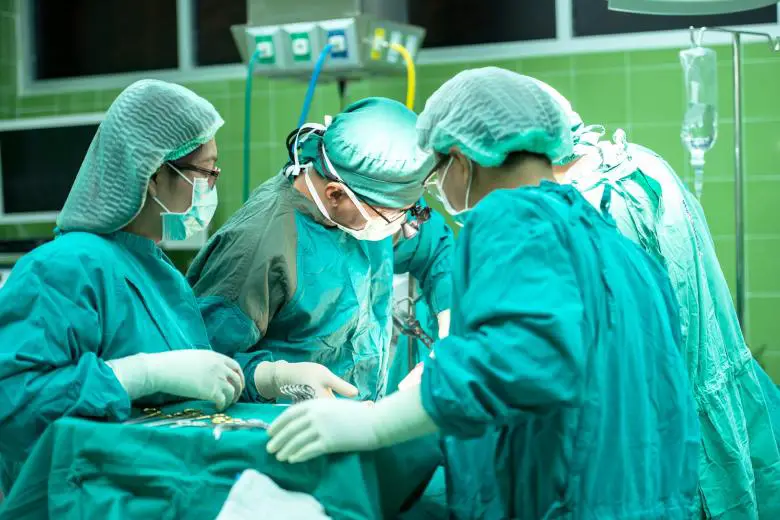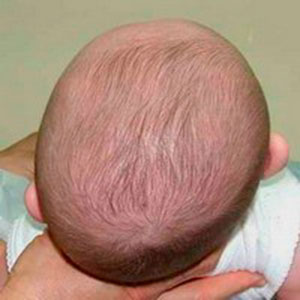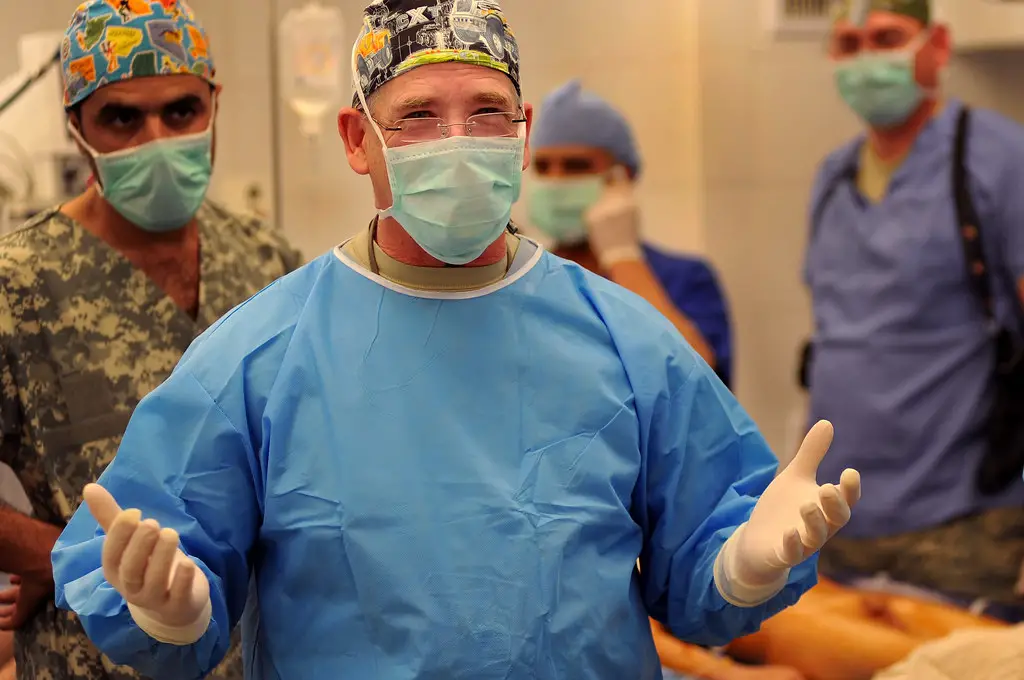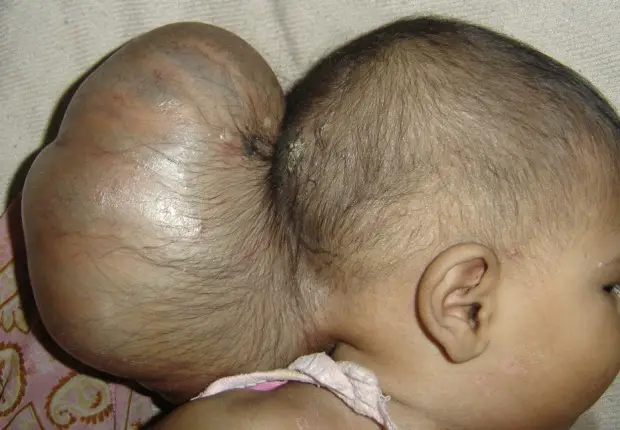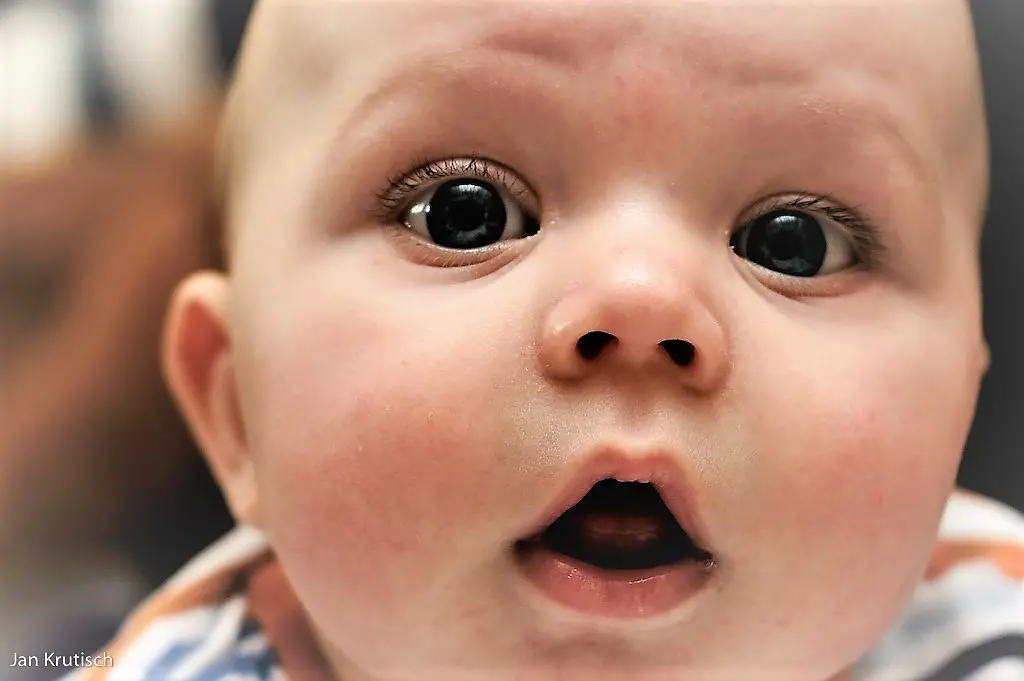Removing a piece of skull to preserve the brain is sometimes an obligation for neurosurgeons. Some patients end up with a deformed skull.
To correct this deformity, part of the skull must be replaced by a prosthesis. This surgical procedure is called cranioplasty and it is becoming more and more common. In this article, we will discuss the definition and procedure of the cranioplasty !
La cranioplasty What is it exactly ?
La cranioplasty is a type of surgery that is performed to repair defects in the skull. These defects can be due to birth defects, trauma or disease. The objective of the cranioplasty is to improve the function and appearance of the skull.
La cranioplasty can be made using different types of materials, including metal implants, plastic, or bone grafts. The type of material used depends on the size and location of the defect.
In some cases, the cranioplasty can also be used to treat conditions such ashydrocephalus or hematomas. The cranioplasty is a complex operation that requires extensive planning and experience. As with any surgery, there are risks involved. These risks will be discussed with you before the procedure.
Indications of the cranioplasty
The most common indications of cranioplasty are:
- Birth defects such as craniosynostosis
- Craniofacial trauma
- Skull tumors
- Skull infections
- Brain damage
Procedure
Le surgeon makes an incision in the scalp and exposes the skull. The defect is then prepared for repair. Depending on the size and location of the defect, various materials can be used to repair it.
These materials include metal implants, plastic, or bone grafts. Once the defect is repaired, the incision is closed with stitches or staples.
Cranioplasty : How does it work ?
The first step in the process is usually a CT scan, which is used to create a three-dimensional model of the skull. Once the surgeon has a clear idea of the problem, he works with a team of specialists called CADskills to design an implant that will correct the defect.
The operation itself is usually performed under general anesthesia and lasts between two and four hours. In most cases, the implant is made of titanium and is fixed to the skull with small screws.
Recovery time varies depending on the extent of the operation, but most patients can expect to go home within a week. The cranioplasty is a complex procedure, but it can significantly improve the quality of life for patients with skull deformities.
After the procedure, you will be monitored in the recovery room for a few hours. You may have headaches and nausea for a few days after the operation. Your surgeon will prescribe pain medication to address this.
He will also give you antibiotics to prevent infections. It is important to keep your incisions clean and dry. You should not take a shower or bath until your stitches are removed.
You will need to see your surgeon within a week of your operation. These appointments are important to check on your progress and make sure everything is healing properly.
La cranioplasty is a complex surgical procedure that requires extensive planning and experience. In general, the cranioplasty can significantly improve the quality of life of patients with skull deformities.
Risks and contraindications of cranioplasty
La cranioplasty can save the life of patients with severe head trauma. However, like any surgical procedure, the cranioplasty carries risks and potential complications.
The infection
One of the most serious risks is infection. The skull is a sensitive area and any incision made during the operation can be an entry point for bacteria.
Bleeding (hemorrhage)
Patients who undergo a cranioplasty also face an increased risk of bleeding and blood clots. In some cases, the surgical site may not heal properly or the implant may become dislodged.
Other risks
Patients may experience numbness or tingling around the surgical site, as well as headaches, dizziness, and lightheadedness.
There is also a risk of neurological complications, such as seizures or paralysis. In some cases, it may be necessary to remove or replace the prosthesis due to one of the listed risks or other complications.
Overall, the cranioplasty is a safe and effective procedure that can help improve the quality of life for patients with skull deformities.
In which cases we cannot do the cranioplasty ?
In some cases, the cranioplasty can also be used to correct birth defects or to treat cancerous growths. However, there are certain situations in which the cranioplasty cannot be practiced.
One reason is that the patient may not have enough healthy tissue to cover the defect. Another reason is that the defect may be too large or too complex to be repaired with surgery.
In addition, patients who have already undergone radiation therapy may not be candidates for radiation therapy. cranioplasty because of the risk of complications. Ultimately, the decision whether or not to use cranioplasty depends on each patient and their specific situation.
recovery after a cranioplasty
After undergoing a cranioplasty, it is important that patients follow their rehabilitation protocol in order to fully recover.
As mentioned earlier, patients will need to stay in the hospital for several days after the operation so that their condition can be monitored. During this time, they will be placed on a clear liquid diet and may gradually switch to solid foods as tolerated. Pain medication will be provided if needed.
After leaving the hospital, patients will need to take care of themselves for several weeks. They should avoid strenuous activities, contact sports and driving until cleared by their doctor.
This procedure often requires a long recovery period. During this period, patients should take care to protect their delicate skull. They may need to wear special protective helmets or avoid activities that could put them at risk of head injury.
Also, they will likely need to take medication to manage the pain and swelling. The recovery period after a cranioplasty can be taxing, but it is essential for a full and successful recovery.
Physical therapy may be recommended to help improve range of motion and achieve maximum function. Most people can expect to make a full recovery and return to their usual activities after suffering an cranioplasty.

